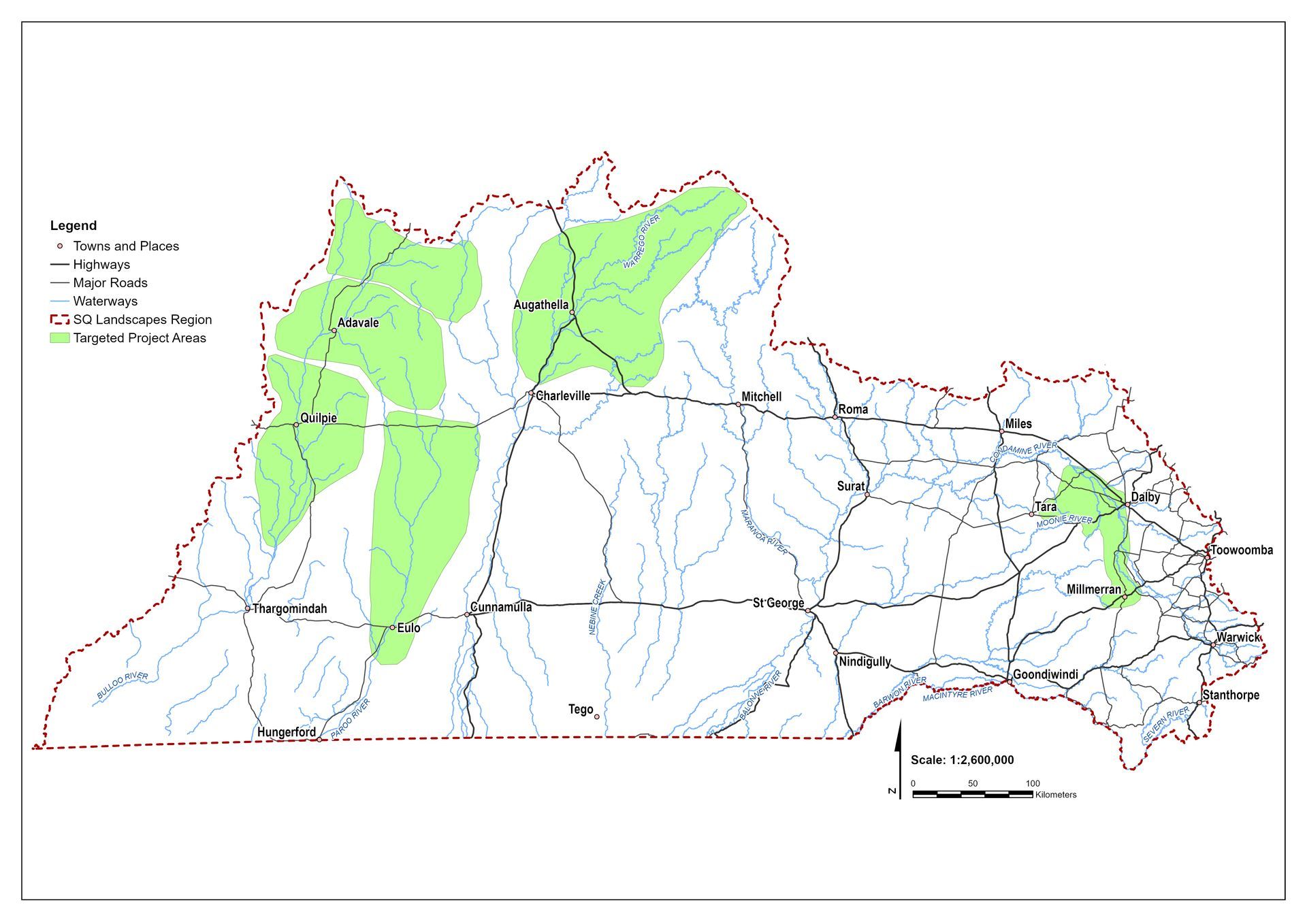Ensuring Thriving Koala Populations in Southern Queensland
Funding Partnerships Available to Protect Koala Habitat Through Pest and Weed Control, Cool Burning and the Installation of Koala Bridges.
Koalas in Southern Queensland are facing increasing threats from the loss of connectivity between the habitats essential for their survival. This almost $2.5 million project aims to support koala movement and survival across Southern Queensland through targeted action to remove key threats including wild dogs and invasive cactus.
Project outcomes and activities will cover:
• Cool burning to ensure healthy forests of koala food trees and sufficient recruitment of these trees to support future generations of koalas
• Pest animal control, particularly wild dogs, to reduce predation pressure on koala’s while most vulnerable, when moving to new foraging/breeding areas
• Remove invasive cactus species (tiger pear, coral cactus, harissa cactus) from koala habitat to prevent injury or impediment to safe and swift movement
• Install koala ‘bridges’ over wild dog exclusion fences to support koala movement through the landscape
• Define the genetic relatedness of koala populations in the priority areas to baseline change over time
Image 1. Protecting koala populations in Western Qld. Image 2. Invasive cactus cause injury to koala's. Image 3. Wild dogs are a huge problem for koala's when moving about.
This project will focus on supporting koala movement through the landscape by removing three key challenges. The first is being preyed on by wild dogs. The second is infection and death from cactus spines. The final is fences that pose a physical barrier to movement. The key long-term measure for successfully addressing these challenges is change in genetic relatedness of populations. This project will baseline the level of relationship between koala populations in priority areas to allow long-term (10 years and beyond) success monitoring. Challenges will be addressed at priority areas in the region, as determined by a combination of local expert knowledge, public datasets and data from prior Southern Qld Landscapes projects.
The survival of Queensland koalas in the face of predicted weather extremes, is reliant on retaining the highest possible genetic diversity. We will be collecting eDNA samples and providing analysis of population relatedness both within and beyond the project area through collaboration with other community-based koala projects. Such analysis will add value to future investment decisions related to securing the future of the koala in the wild.
In summary, this project is a priority for our region and Queensland because it aims at:
• Supporting koala’s seasonal movement needs by lowering predation pressure, reducing cactus spread and installing ‘koala bridges’ over exclusion fences in koala habitat.
• Alignment with the Flourishing Landscapes and Healthy Communities Plan.
Get Involved!
If you would like to know more and are interested in partnership funding, please complete the Expression of Interest form below and our team will contact you. The map below shows the project priority areas, please do not self-assess, contact the Southern Qld Landscapes team to find out more.
This project is being delivered in Southern Queensland throughout 2025-2028. It is an almost $2.5 million dollar investment from the Queensland Government through the
Natural Resource Management Expansion Program.

Landholders are encouraged to register their interest via the form below.
This project is funded by the Queensland Government under the Natural Resource Management Expansion Program and delivered by Southern Queensland Landscapes.

